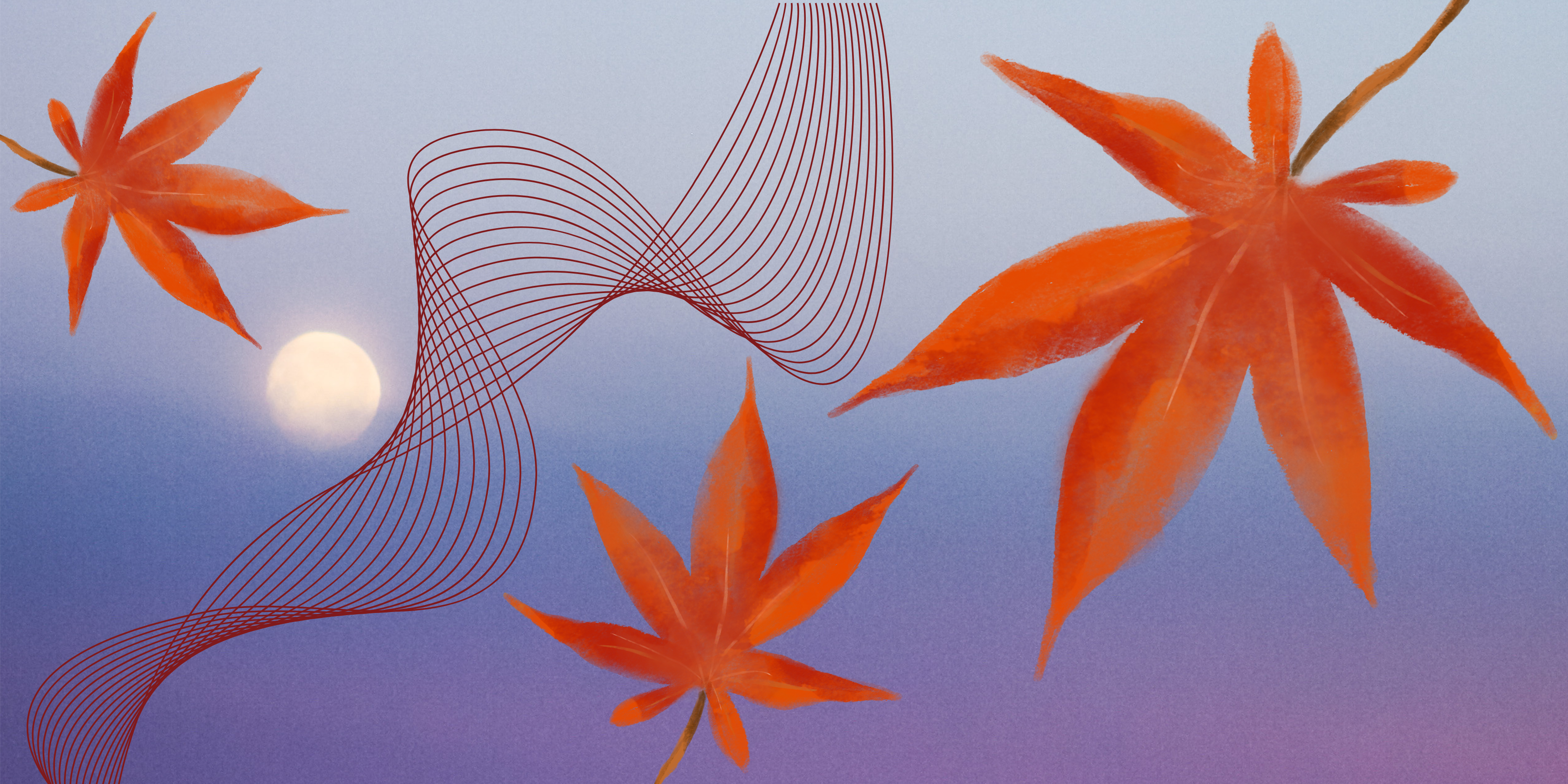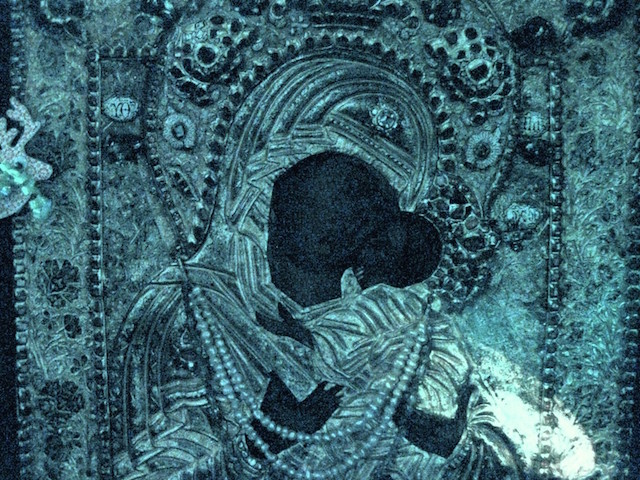“#26” and “#30”

November 22, 2022
#26
小倉山峰のもみぢ葉こころあらば
今ひとたびのみゆき待たなむ
貞信公
ていしんこう
#26
Mount Ogura,Do you have a child?
Its head luxuriantly crowned by maples.
Mount Ogura,Have you ever wished
to take one longer pose for your son?
Teishinkou
#30
有明の つれなく見えし 別れより
あかつきばかり うきものはなし
壬生忠岑
みぶのただみね
#30
The moon remains in the daylight
like your cold,
feeble eyes. They pierce me
when the day breaks.
Mibu no Tadamine
Translator’s Note
These poems are from the Japanese anthology Ogura Hyakunin Isshu 小倉百人一首, which is more simply referred to as Hyakunin Isshu, meaning One Hundred Poets, One Waka Poem Each. It is a work of great literary-historical significance, and remains one of the most widely read and translated Japanese texts today. How can I translate waka poems to be enjoyable for broader, modern audiences?
The Hyakunin Isshu was compiled by the poet and scholar Fujiwara no Teika (1162–1241 CE). He had originally collected the poems to serve a visual purpose: his colleague Ustunomiya Yoritsuna asked him to decorate a house in Sagano, Kyoto, and Fujiwara no Teika selected one hundred waka (from around eighth to thirteenth century) to write on thick paper for dividers, sliding doors, and windows.
Waka is composed of five lines, with each having a specific number of Japanese syllables (5-7-5-7-7). Authors utilize various rhetorical devices to establish the complexity and multiplicity of expressions while maintaining the syllable structure of their works. Some devices are kakekotoba (words with double meanings), makurakotoba (epithets used in association with certain ideas or words), and kotobagaki.
Kotobagaki is a short, introductory sentence before the waka, not included in the 5-7-5-7-7 syllable count. Kotobagaki for #26 clarifies that the waka includes two monarchs. In the text’s body, the only word that refers to royalty appears in the final line––“ – miyuki” (– みゆき). Miyuki usually means “an emperor’s visit,” but we discover through the kotobagaki that “miyuki” here contains the presence of two monarchs. #26 was originally published in a different anthology with the kotobagaki, but Fujiwara no Teika did not include the introduction in his Hyakunin Isshu. If a translator ignores the kotobagaki and only translates words from the waka, it could erase an important aspect of the poem: the relationship of two monarchs.
The father’s affection for the son is suggested through another device, jiamari. Jiamari refers to the addition of extra characters; the source text is in a 5-7-6-7-7 structure, with an extra syllable in the third line. This third line reads “if you [the mountain] have a heart” (kokoroaraba 心あらば). Compared to other waka poems that do not follow the traditional syllable counts, I interpret the extra syllable to indicate longing. The autumn foliage is short-lived, so it may not be beautiful when the prince visits later. The emperor wants to show this beauty to his son and wishes that time would move more slowly. He asks if the mountain understands this parental longing. Informed by the kotobagaki and jiamari in the source text, I decided to highlight the story of father and son, as the father’s longing and their familial relationship (rather than their royal status) would resonate more with modern readers.
My translation of #30 also takes a more contemporary approach in terms of its language to make it flow more naturally in the English language. Also, though almost all existing waka translations are composed of five lines in one stanza, my translation is four lines in one stanza. The line breaks for this poem appear differently across Japanese historical archives, but for textbooks, one line break (as shown in the source text represented here) is common. Unfortunately, there is no way to know how Fujiwara no Teika broke the lines, since the original anthology is lost to time. However, as Fujiwara no Teika intended the poems to be decorative, it is commonly accepted that he broke the lines unconventionally to accommodate the calligraphy and make the waka visually effective. After experimenting with different line counts, I decided it was best to remain with four lines.
I am always thinking of what the next innovation will be for waka translation, and how it will approach complex cultural nuances. As a translator, I want readers to be delighted by classical Japanese literature and explore it more. To make the waka more accessible, I contemporize the language and meaning of the poems to fit into the conventions of free verse English-language poetry.



